“A little knowledge is a dangerous thing.” As you become more social media savvy, take the time to learn how to put your proverbial ears to the ground to make sure your strategies are working and gain more customer insights.
What is social media listening?
There are two components to social media listening: social media monitoring and social media listening.
Social media monitoring
An excellent analogy showing the difference between the two components comes from MarketingProfs, “Monitoring sees trees; listening sees the forest.”
Social media monitoring means keeping track of what is being said about you, your company, your brand, or a particular topic. It is most easily done by auditing mentions. You can also glean competitive information, i.e. monitor your competitors, which can help you improve your strategy to keep up with or beat theirs.
Social media monitoring is carried out like any search engine query – by using hashtags, keywords, and phrases homeowners might type if they are looking for a real estate agent or to sell/buy a house: things related to your suburb or community, real estate terminology, search strings like “recommend + real estate” (which could bring up agencies or individual agents in the results).
Remember that it is important from a public relations and marketing standpoint to respond to comments you see in a timely fashion. Thank people for positive comments and address negative comments directly, ideally with a solution or offer to help.

Social media listening
To quote another adage, you want to ensure that you “don’t see the forest for the trees.” It is easy to get hung up on the monitoring aspect – especially in relation to the competition. However, the data you gather is only useful when you are able to assess the implications, discern patterns, and use the knowledge to evolve your social media strategies.
It is this analytical stage, social media listening, that is crucial to a successful social media strategy. The main objectives are to:
- Become more in tune with your target audience in your local neighbourhoods – understand their interests and aspirations and produce better marketing materials that speak to them directly.
- Cultivate your reputation online – identify and engage with the local real estate influencers. Also, discern prospective clients’ questions or “pain points” in order to produce content that will provide advice and address those issues – i.e. gradually setting yourself up to be an influencer.
- Spot prospective clients (who may be thinking of moving or selling) before they actively research real estate agents. Cultivate relationships with them before your competitors find them.
Setting up social media listening
The first thing you need is a robust social media monitoring system. In general, make sure you:
Regularly check search results – these can be search words or strings you enter in the search bar of platforms like Facebook, LinkedIn, Instagram, and Twitter.
Join social media groups – neighbourhood local interest, community, and topical groups (based on hobbies, events, history, etc.).
Create/tailor customer feedback surveys and encourage visitors and followers to fill them out – these can help you find out what information or services your target audience wants.
Use automated alerts – most social media tools incorporate user-friendly alerts to keep users updated and to encourage engagement.

Developing your social media listening strategy
Next, you need to know how you are going to use the information you get from your monitoring efforts. Your strategy could be to:
Connect with locals who are active on social media in real estate themed groups across different social media platforms or local businesses that have a good social media following. Ask questions and respond to their comments or lead Q&A sessions.
Engage with social media influencers – influencers with a local following, real estate experts, mortgage brokers, home styling companies, conveyancers, buyers’ agents, and others. Then, create opportunities to cross-promote content.
Identify content relating to the neighbourhood that you can schedule to be published on your social media channels.
Respond to requests for recommendations for real estate agents or relating to businesses connected to home maintenance or preparation of a home for sale – landscaping companies and gardeners, cleaning companies, pool maintenance businesses, painters, home decorators, and others.
All of these activities not only promote you and your brand as having expertise and being trustworthy sources of information, but they also generate interest in the community and in groups populated by your target audience. When you engage a prospective client in discussion and show yourself to be a reliable resource, this person will be more likely to seek you out – or recommend you – when it is time to transact.
According to a pwc.com infographic:
- 53% of people make recommendations on products and services in their posts.
- 90% of people trust the recommendations their peers make on social media.
- 79% of Twitter users would recommend a particular brand after following it.
- 71% of consumers would make a purchase after receiving a referral via social media.
On a more basic level, what people post says a lot about what they want to do. If you find a social media feed in which someone is asking questions about your neighbourhood (what businesses are there, costs of food, weather – almost anything, really), they could be thinking about relocating there. What better way to cultivate a relationship than to jump right in and offer some useful information and assistance?
Keep in mind that timely engagement is key. Make sure you respond to comments as soon is practicable – thank people for positive comments and mitigate negative comments by addressing concerns and offering assistance. Time flies on social media. You need to strike while the proverbial iron is still hot.

Social media listening tools
Information gathering may seem daunting but there are a number programs – paid, as well as free of charge – that allow you to monitor social media feeds more efficiently and effectively than ever before.
FREE SOCIAL LISTENING TOOLS
Google alerts
Simply type your keywords into the search bar and/or pick from the suggested topics. When you are signed in to Google, your username and email are also searchable terms.
Talkwalker alerts
https://www.talkwalker.com/alerts
Talkwalker has set itself up as an alternative to Google’s alerts. It has extra parameters that could be very useful.
Feedly alerts
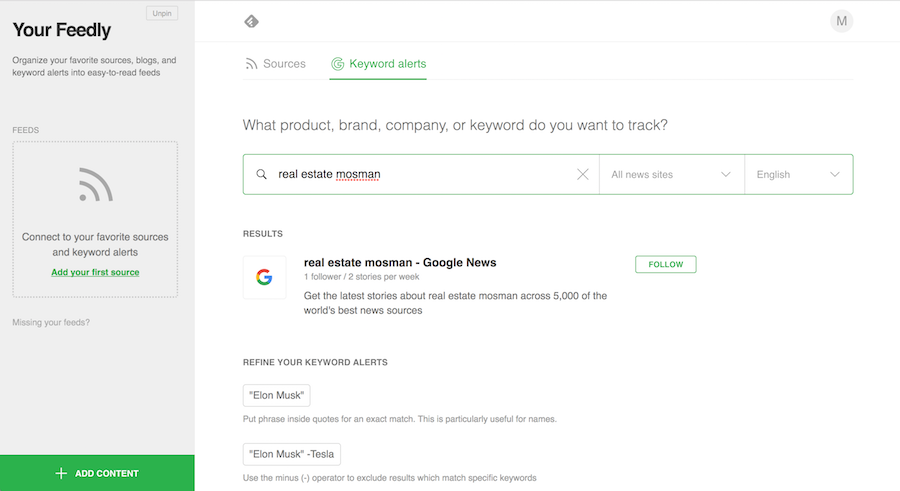
Feedly is a comprehensive program with free sign-up. The keyword alert function allows you to specify which brands you want to monitor and on which news sites.
Social Mention
Offers real-time alerts and trending topics.
Klout
Allows you to see how your content is doing in the form of a “Klout score”.
Hootsuite (free for up to three social media accounts)
In addition to its listening service, Hootsuite has really made itself a leader in terms of social media education. Hootsuite also has tracking, scheduling, as well as different permission levels and controls.
Twitter Advanced Search
https://twitter.com/search-advanced
Whether or not you are an avid Twitter user, this is an excellent research tool as a lot of content is shared (and cross-shared) on Twitter. The advanced search function allows you to make precise and location based searches.
For instance, this is an example of what you would get if you searched with the words “recommend” and “real estate agent” and “Sydney”.
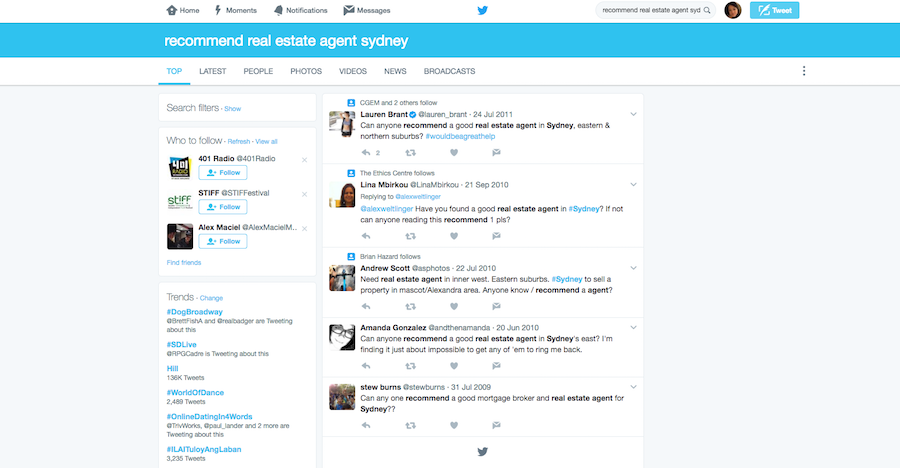
Check out this Hootsuite article on how to use Twitter’s advanced search function to generate leads.
PAID SOCIAL LISTENING SITES
Hootsuite
If you are on more than three social media channels, Hootsuite has different plans to choose from, depending on how many platforms you use, how much content scheduling you wish to do, and types of analytics.
Buffer
Also, offers a range of plans – analytics are included in plans starting from USD$99. Buffer also has tools that facilitate responding to social listening and customer service.
Mention
https://mention.com/en/pricing/
Mention boasts real-time monitoring, competitive analysis, and a tool to “find” influencers.
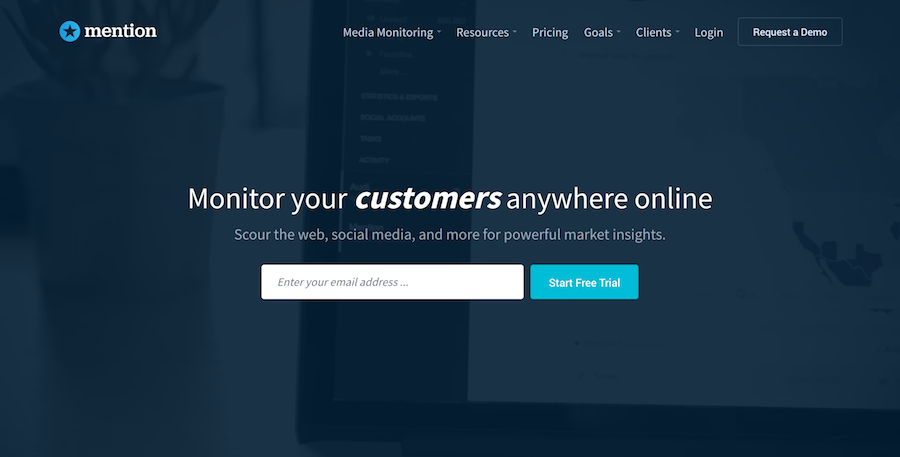
Buzz Sumo
Buzz Sumo’s pricing plans are based on how many trending feeds and exports you want and what analytics you want.
Social Bakers
Social Bakers boasts comprehensive performance measures and intuitive analytics.
Keyhole.co
Keyhole’s plan pricing depends on the number of social media accounts, hashtags, and influencers you want to track.
It has never been easier to harness the power of social media to hone in on prospective clients and outpace your real estate competitors. The key is to use the social media monitoring tools at your disposal and proactively engage with your target audience. You will be amazed at how many leads you can generate for your real estate business if you pay attention to the chatter.
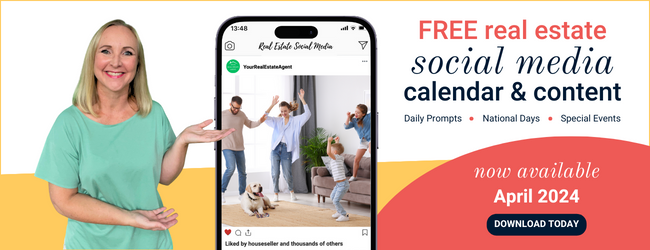
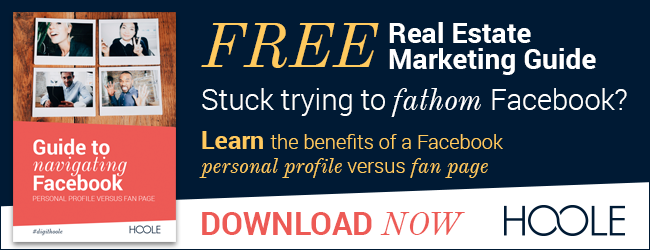
Join the Conversation - add your thoughts